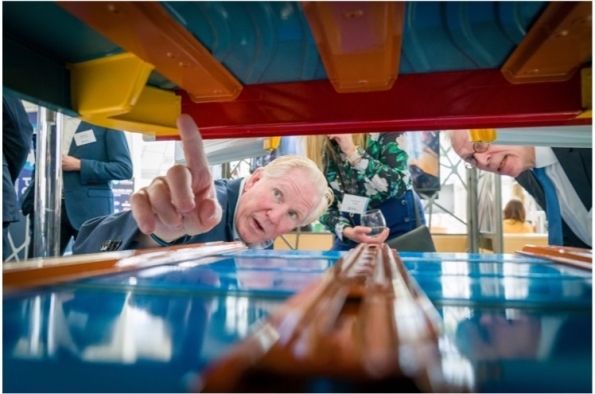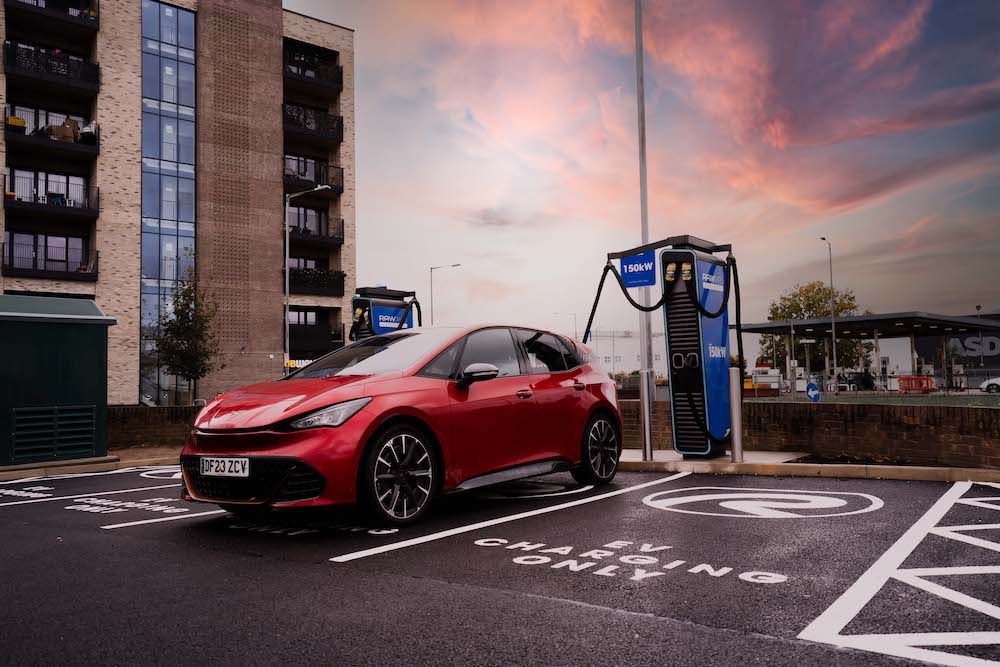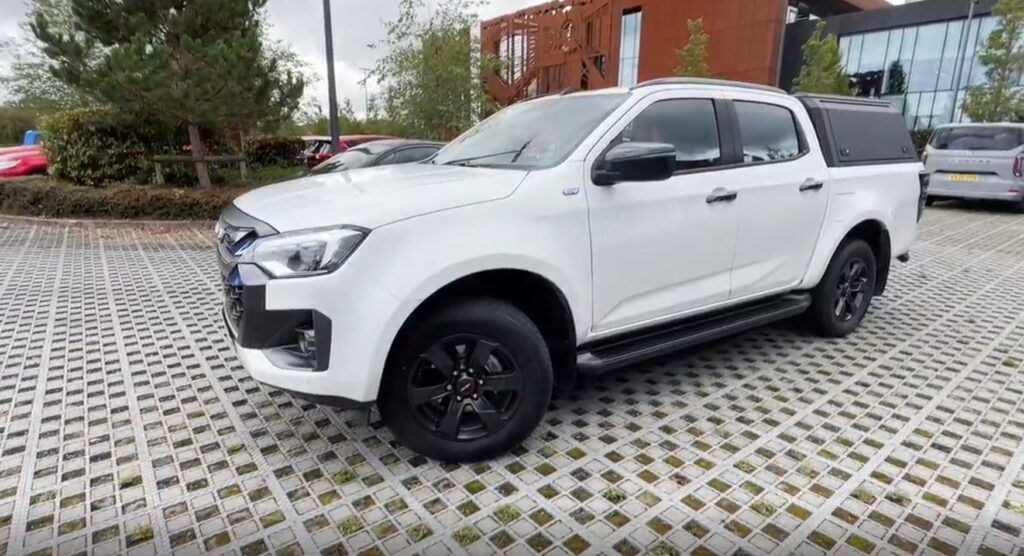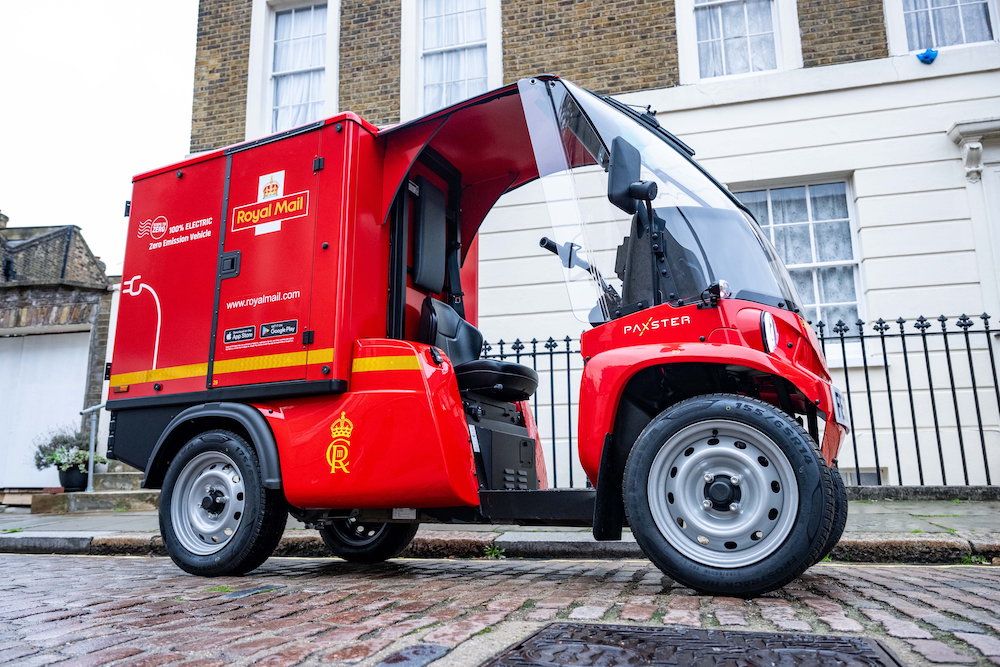WorldAutoSteel and engineering firm Ricardo’s project Steel E-Motive has set out how its autonomous, steel-based, ride-sharing vehicles can significantly reduce CO2 emissions.
It follows results from the project which were highlighted in August, which revealed its potential to reduce total lifecycle greenhouse gas (GHG) emissions by up to 86%. The figure is based on a comparison with a 2022 battery electric vehicle (BEV) and an expected production date for Steel E-Motive of between 2030 to 35.
The focus of the analysis was on GHG emissions and total energy consumption from the vehicle manufacture and assembly, vehicle use and end of life/recycling phases.
Steel E-Motive uses Advanced High Strength Steel (AHSS) which has a reduced environmental impact in all three key phases of the vehicle life cycle: manufacture, use and end-of-life. It’s design and engineering also focuses heavily on minimising material thickness, reducing the amount of material it requires, and maximising material utilisation through efficient manufacturing processes that reduce scrap.
An AHSS body structure, purpose-made for EVs, achieves a 27% mass reduction in the body structure, meaning fewer emissions in use, due to the vehicle being lighter, and less material production and emissions in the first place. Further weight savings come from intelligent battery packaging that is 37% lighter than average reference battery pack structures at 27% less cost. Its production process also uses green hydrogen and recycled steel to ensure better sustainability throughout the lifecycle.
Steel E-Motive is designed for Mobility as Service (MaaS), where one of the key advantages is to increase passenger occupancy rates, meaning fewer vehicles will be required to transport the same or a greater number of people. Steel E-Motive’s urban concept version accommodates up to four passengers per vehicle and an inter-city version accommodates as many as seven passengers.
Russ Balzer, WorldAutoSteel Technical Director, LCA, said: “Consumers must feel comfortable enough to use this transport, with maximum capacity regularly achieved, in order to make the greatest impact towards total emissions reduction. That is why a highly crashworthy, spacious and open vehicle cabin, as Steel E-Motive demonstrates, is key towards attaining consumer confidence, and ultimately, Net Zero ambitions.”
“The Steel E-Motive concept demonstrates that steel is thoroughly fit for purpose in the future mobility landscape. Steel must play a part in the emissions-reduction discussion. Steel E-Motive shows what autonomous, steel-based, ride-sharing vehicles used within a green grid can do to significantly reduce CO2 emissions.”








